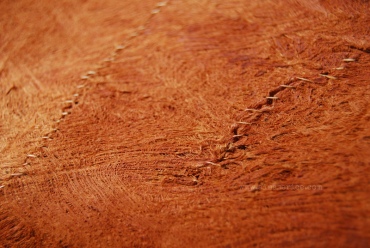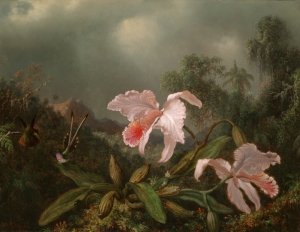(Shanahan. Unbound 2016)
Listening to: Enya, Storms in Africa
“Dear Reader: You and I are related, both in blood and through figs.”
Figs have been part of my story since I was a child.
Not that I noticed them at the time; for many years they were in the background of my memories, whether as stumpy trees that yielded fruit others loved eating, or as the benevolent green giants that shadowed our front school yard.
I don’t think I knew they were related, my family’s fig trees and the behemoths at school. At some point though, I began paying close attention to this group of trees every time I stumbled across one, whether in real life or in books.
Fig trees crop up pretty often when you look for them, you see.

They were in the Egyptian myths I so loved when I was a kid; they were lining the streets of the cities I’ve lived in; they were in Ugandan craft shops transformed into bark cloth; they were in my mother’s yard, and on those incredible pictures of old Cambodian ruins…
In the end, coming to love fig trees was inevitable: they wear you down by virtue of being everywhere you look— even when you’re not seeking them out on purpose.

Such was the case with this book, which I found via the author’s blog Under the Banyan.
I recall being thrilled when I discovered the website; its tagline, “Stories about us and nature”, described so well what I was trying to do, and the author was a biologist, too! So I began following it, and I soon discovered this guy had a thing for figs.
The banyan (Ficus benghalensis) that gave the blog its name? It was there for a reason.
He was even writing a book on the cultural history of the genus Ficus. So when the occasion came once it was published, I bought a copy. I thought hey, figs are part of my story, after all; it’ll be fun to learn more about them…
After reading the book though, I realised I was nothing special.
Because figs have been part of virtually everybody’s story, whether they realise it or not, since forever. The deep roots of this genus have enfolded you —yes, even you!— in a quiet embrace that encompasses the entire human race.
Let me share with you my impressions as a reader, so you can fig(hah!)ure out whether the book might pique your interest, too… Continue reading
